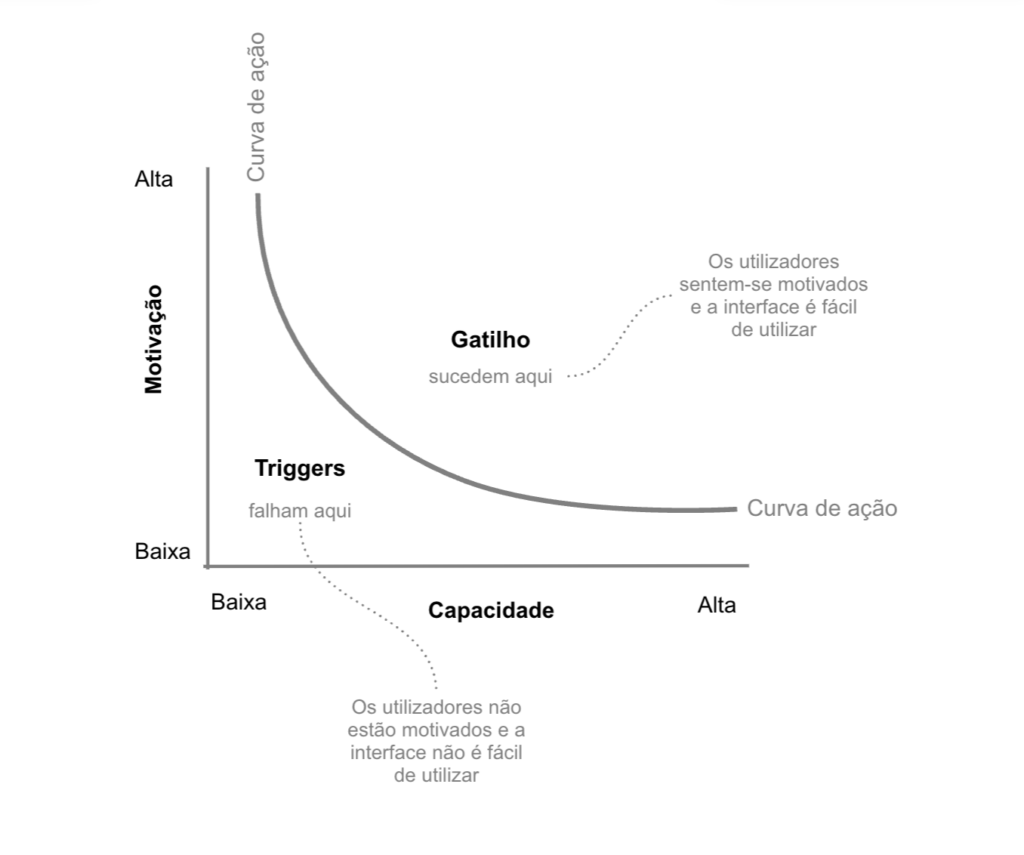UX is the discipline that considers the aspects that define our experience as users of products and services (digital or not). Psychology, on the other hand, is the discipline that studies our behavior and mental processes, using scientific methods to investigate and understand how people think and act. Introductions made, let’s now explore some principles of Psychology and understand how they can be applied in UX.
Imagine the following scenarios: 1) a psychologist is in a session with a patient, and 2) a UX professional is in an interview with a user. The challenge for the reader is: who said the phrases “And how does that make you feel?”, “Is there anything else you would like to share?”, “There are no right or wrong answers”?
Did you answer “Both”? That’s right! These phrases are just a small and illustrative example of how Psychology and UX have things in common. It is no coincidence that the main point where both disciplines intersect is in their target: people. The psychologist works with and for their patients, and the UX professional works with and for their users. Therefore, I can only consider it useful and enriching to understand how some principles of Psychology can be applied in UX.
Before we understand how these areas intersect, it is important to define them. UX is the discipline that considers the aspects that define our experience as users of products and services (digital or not). Psychology, on the other hand, is the discipline that studies our behavior and mental processes, using scientific methods to investigate and understand how people think and act.
Introductions made, let’s now explore some principles of Psychology and understand how they can be applied in UX. We will cover the following principles:
- Cognitive Load
- Perception
- Motivation
Cognitive load is a term originally introduced by psychologists to describe the mental effort required to learn something new. In practical terms for UX, when a user enters a disorganized website full of information and options, their brain goes into action, trying to make sense of the chaos it encounters. The famous “Hick’s Law” tells us that the time required to make a decision increases with the number and complexity of choices.
Google’s homepage is a good example of the evolution of a UI (user interface) that required greater cognitive effort from users to something simple and immediate to use.
Before:

After (nowadays):

What can we apply in UX? Reduce the number of choices presented to users in the flows and wireframes we design, and when testing these designs, consider the amount of time they take to process information and perform tasks.
Perception is the organization, identification, and interpretation of the environment around us. Gestalt, which means something like “shape” in German, is a psychological approach that, when applied to UX, describes how people group similar elements, recognize patterns, and simplify complex images. Working with “shapes” like buttons, cards, banners, etc., it is useful to understand how what we design can be interpreted by our users.
What do you interpret from the following image?

Do the elements on the left seem related to each other, while the ones on the right appear divided into two groups? This example illustrates the principle of proximity, where elements closer to each other seem to be related.
What can we apply in UX? Keep the principles “in your pocket” and understand how the information and content are organized to help convey the message we want to the users and simplify their understanding.
Motivation is the process that initiates, guides, and maintains behavior oriented towards a goal. BJ Fogg, a behavioral scientist, developed a model that determines that a behavior occurs when these three happen simultaneously: motivation, ability, and trigger. Imagine a user excited to travel who accesses a flight booking website but finds a confusing site and doesn’t know where to click… in this scenario, the behavior might not materialize.

What can we apply in UX? Facilitate user interaction with our UI by providing the necessary resources to perform desired actions, such as perceptible and accessible CTAs (call-to-action).
Applying psychological aspects in UX can help us create more user-friendly, intuitive, and satisfying products and services. Thus, by applying psychological knowledge in UX, we open the door to a more user-centered approach aimed at the success of our stakeholders (users included)!
Text written by Rita Bandeira, UX Researcher at Bliss Applications. Originally published in Marketeer.
